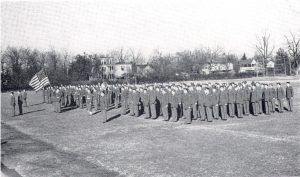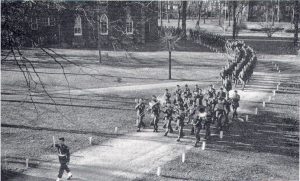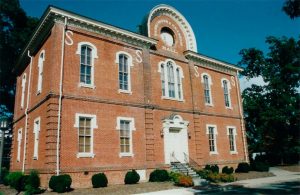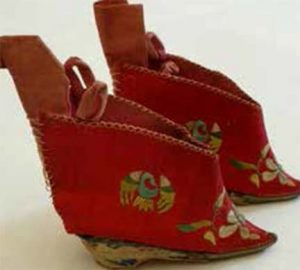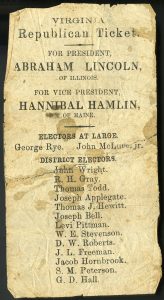The J. Rives Childs Collection of Casanoviana at Randolph-Macon College was a bequest from J. Rives Childs, a 1915 R-MC alumnus and retired diplomat, who collected these materials during his more than 30 years in the Foreign Service in Europe and the Middle East. It is one of the world’s most extensive collections of early and rare editions of Casanova’s Memoires, consisting of over 2000 items including numerous rare volumes in many languages ranging from Norwegian to Bengali to Arabic and includes the first edition, published in German. In addition to the Memoires and writings of Casanova, the collection contains bibliographies, biographies, sales catalogs, correspondence, playbills, illustrations, operettas, films, and of course, the Casanova action figure. Casanova’s lurid tales of romantic escapades during his life as an adventurer across Europe made his name synonymous with seduction and womanizing.
Childs, a self-proclaimed “defender of Casanova as something other than the caricatures drawn of him by the mythmakers,” published biographical and bibliographical works on Casanova, the great lover, spy, adventurer, author, and librarian.
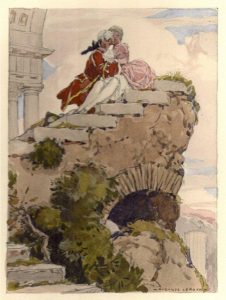
Learn more about the Casanova collection and other specialized and unique collections in the Flavia Reed Owen Special Collections and Archives.

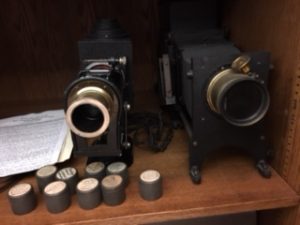
 is a database of over 800 great, reliable reference sources. Covering all subject areas, over 3.5 million articles in reference books and sets are full text searchable in
is a database of over 800 great, reliable reference sources. Covering all subject areas, over 3.5 million articles in reference books and sets are full text searchable in 